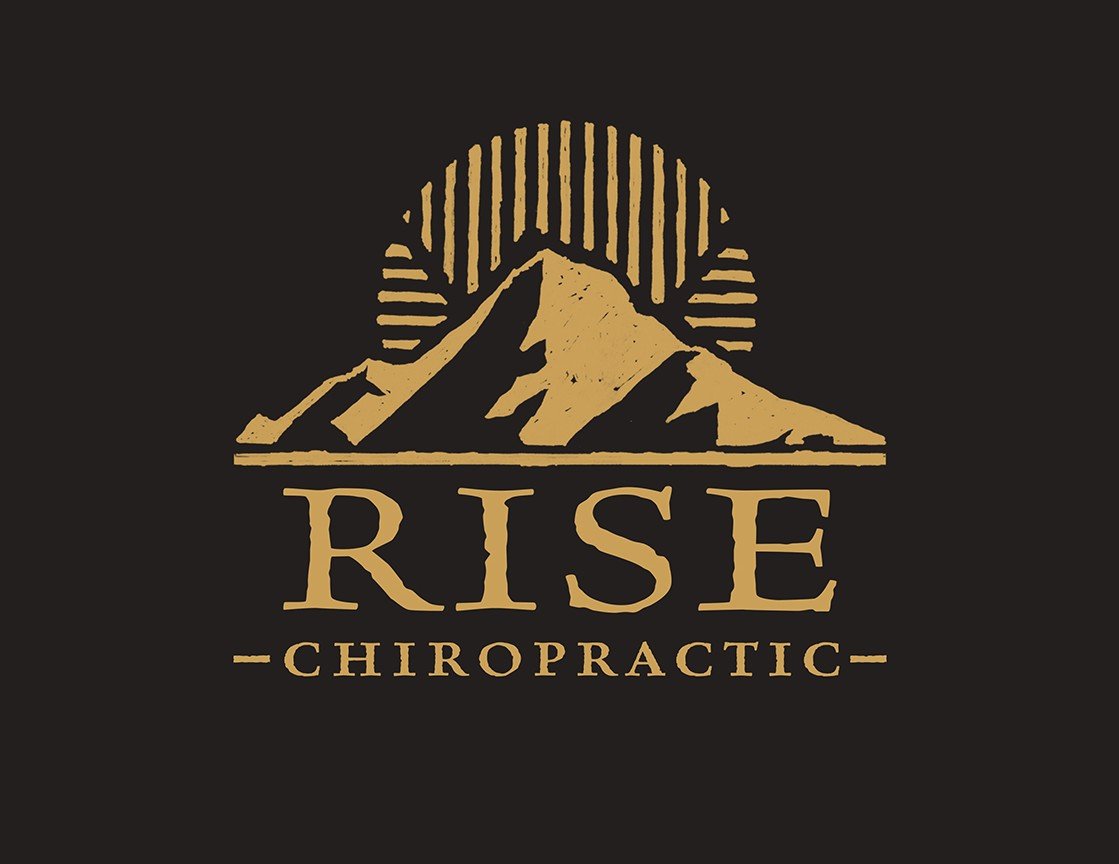Disc-Centered Chiropractic: Understanding the Gonstead Difference
Introduction: The Disc is the Difference
What makes the Gonstead Technique truly unique among chiropractic systems?
While many chiropractic methods talk about “aligning the spine” or “freeing nerves,” Dr. Clarence S. Gonstead discovered something much deeper:
“The disc is the primary site of subluxation.”
That simple statement changed chiropractic forever.
For Dr. Gonstead, the intervertebral disc — not the bone — was the real source of spinal dysfunction. When the disc becomes injured or stressed, it swells, shifts, and loses its normal shape. This affects joint motion, nerve communication, and overall body health.
As Dr. Daniel D. Lyons, D.C., DPhCS, explains in The Disc (GCSS, 2021):
“If there is one thing that sets Dr. Gonstead’s work apart, it is our focus on and understanding of the disc.”
The Gonstead Disc Model: Six Stages of Degeneration
Decades before modern MRI or disc research, Dr. Gonstead mapped the six stages of disc degeneration. His model perfectly matches what medical science now calls the “degenerative cascade.”
D1 – Swollen Disc: Acute inflammation, thickened disc, nerve irritation, often severe pain or spasm
D2 – Posterior Thinning: Disc begins to wedge and misalign posteriorly, nerve tension, loss of motion
D3 – Very Thin Posterior: Chronic wedge, vertebra shifts posterior/inferior, radiating pain, reduced height
D4 – Totally Thin Disc: Full height loss, arthritic change begins, stiffness, chronic inflammation
D5 – Very Thin Total Disc: Severe degeneration and bony change, advanced arthrosis
D6 – Extremely Thin Disc: Almost no space (ankylosis possible), limited motion, end-stage change
Each stage represents progressive instability and neurological compromise — and each stage responds differently to care. A swollen, acute disc (D1) must be handled far differently than a chronic, thinned disc (D5).
Modern Science Confirms Gonstead’s Vision
In Disc Ingestion (2008), Dr. Steven T. Tanaka, D.C., cites biomechanical research by White, Panjabi, and Pezowicz that describes a near-identical process to Dr. Gonstead’s D1 stage:
Injury allows fluid to rush into the disc nucleus, increasing internal pressure.
That pressure irritates the outer annular fibers, triggering pain and inflammation.
Over time, biochemical changes — including cytokine release — cause degeneration.
This is precisely the mechanism Gonstead described decades earlier: an acute “swollen disc” becomes the starting point for chronic subluxation and degeneration if not corrected.
The Gonstead Difference: Precision and Science
In It’s All About the Disc (GCSS, 2020), Dr. Lyons reminds us that the Gonstead System is more than just a set of techniques — it’s a clinical philosophy.
“Our product is not an adjustment. Our product is a nervous system free of interference.”
The Gonstead 5-Step Analysis:
Visualization – Observe posture and movement.
Instrumentation – Use thermographic analysis (Nervo-Scope®) to detect inflammation.
Static Palpation – Feel for swelling, tenderness, and tone.
Motion Palpation – Test each joint’s true mobility.
Full-Spine Radiography – Identify disc wedging, misalignment, and foundation imbalance.
This scientific, repeatable process identifies the “major subluxation” — the exact vertebra causing the problem.
Once found, the adjustment is specific, gentle, and in the correct line of drive (LOC) — designed to restore motion to the injured disc, not to “crack” the spine broadly.
The Whole-Spine Perspective
Gonstead chiropractors view the spine as an integrated system — not parts, but patterns.
A patient’s sciatica may stem from a cervical misalignment. A neck issue may be secondary to pelvic imbalance. As Dr. Lyons illustrates, “The place is the spine, not a part of the spine.”
This is why full-spine imaging and analysis are essential — to trace the biomechanical chain from foundation to function.
Modern Relevance: Disc Health and Nervous System Integrity
Today’s research continues to confirm what Gonstead taught:
Disc dehydration leads to abnormal motion and instability.
Inflammatory mediators in the disc trigger chronic pain and degeneration.
Restoring motion and alignment improves hydration and load distribution.
The Gonstead adjustment — performed with precision and respect for disc biomechanics — remains one of the most disc-conscious and neurologically restorative methods in chiropractic.
Conclusion: A Legacy Built on the Disc
Every Gonstead chiropractor stands on the foundation Dr. Gonstead built through decades of study and patient care. His understanding of the disc was not theoretical — it was clinical truth born from thousands of successful cases.
“Understand the disc,” wrote Dr. Lyons, “and you understand the subluxation.”
References
Lyons, D.D. (2020). It’s All About the Disc. GCSS “The Scope.”
Lyons, D.D. (2021). The Disc. GCSS “The G Note.”
Tanaka, S.T. (2008). Disc Ingestion. GCSS “The G Note.”
Gonstead Case Notes. Gonstead Study Club (1988).
Gonstead Research Library (2024). Gonstead Methodology & Science.
